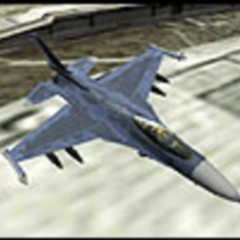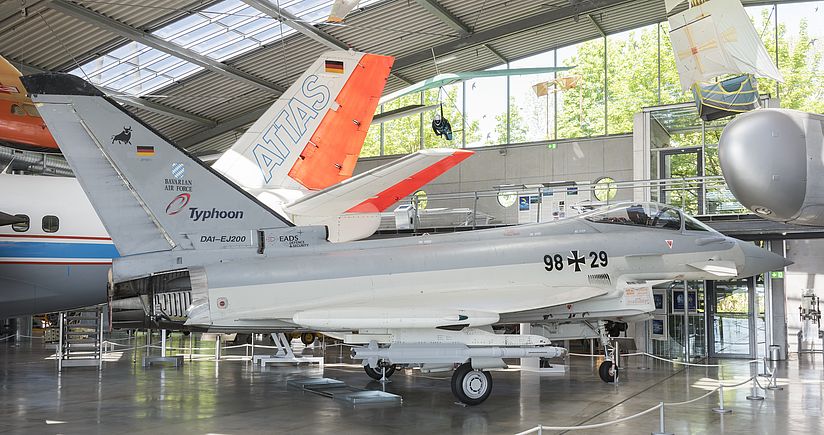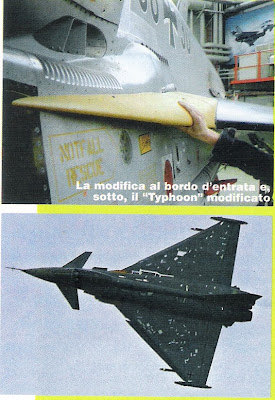-
Posts
1117 -
Joined
-
Last visited
Content Type
Profiles
Forums
Events
Everything posted by F-2
-

Deka Simulations announces the DCS: J-8II for DCS World!
F-2 replied to Mike_Romeo's topic in DCS: J-8II
I think it should be taken domestic Chinese avonics are unlikely. very exciting! Pl-11 is what I need. Deka would you like some public documentation on APG-66 that I have? https://apps.dtic.mil/sti/pdfs/ADA142075.pdf https://www.scribd.com/document/429057021/F-16-Pulse-Doppler-Radar-AN-APG-66-Performance-1983 this is perfect for my 90s early 2000s East Asian scenarios! APG-66.pdf Apg-66 2.pdf -
AD0526139 Evaluation of ECM Pod Performance with Various Formations (Phase 1) 5/1/1973 TACTICAL FIGHTER WEAPONS CENTER NELLIS AFB NV 109 pages ADB186362 U.S. Japan FS-X (FSX) Program Technology Bibliography: IEWS (Integrated Electronic Warfare System) 126 pages ADB199302 U.S. Japan FS-X (FSX) Program Technical Abstracts, Volume 2, Subject: 17. Integrated Electronic Warfare System (IEWS). AERONAUTICAL SYSTEMS CENTER WRIGHT-PATTERSON AFB OH FS-X PROGRAM (JAPAN) 5/1/1995 6 pages requesting these documents might provide some useful info for modeling
-

what tactics are the eurofighter suitable for?
F-2 replied to Cunning_Raven's topic in DCS: Eurofighter
Something like that. Most Rafale kills on Typhoons seem to have been at low altitude, the Typhoon seems very competent down low but not that different then other fourth gen, once they get higher the Typhoon is a beast and even the F-15C is out matched. -
That’s a good point, I’d be a shame if my pilot wasn’t super fit like me.:p
-

what tactics are the eurofighter suitable for?
F-2 replied to Cunning_Raven's topic in DCS: Eurofighter
According to the Italian air for e it’s about equal to the F-16 ADF under 10000 feet. So it should be very good low just not ultra extraordinary like it is at higher altitude. I’ve read against the F-18 and Su-30mki the Typhoon is vulnerable in the first pass and then they can’t touch it. -
ASM-2 is still a beast of an antiship missile though for a phantom while AAM-3 is supposedly a big step up from AIM-9L.
-
I have the demo version of the desktop simulator for the Su-30mki. The demo excludes avonics but perhaps could be of use? I think it used a modified flanker engine
-
JASDF allowed recording for ace combat 04 too. Is there a Japanese dcs community? I’m mean I’m sure there are Japanese dcs players but is there a place they gather online? I’m interested in their plight.
-
One think I love about JASDF airplanes is they look factory fresh all the time.
-
I’ll add DA1 as well because it was THE scheme for many years before it entered service. EAP as well since it’s the proto typhoon
-
Still maybe someday
-
I don’t really care much for red but I love J-10. Would also just be generally great for east Asia. Though failing that I at least hope the AI J-10 comes out sometime.
-
AMK kit on the EK mock up. Is it coming?
-
I believe the F-4E could only go up to F. Some modernized E like the F-4EJ and Turkish Terminator 2000 can mount Aim-7m. I believe other modernized versions like the Greek F-4E ice actually eliminated it. The British F-4 could use Sky Flash which had a similar guidance to AIM-7M. AWG-10 is pulse Doppler so it might be possible for the F-4J and F-4S to fire AIM-7M. Note some platforms that are supposedly unable to support Inverse monopulse missiles can actually fire they, just they are fired like a conical scanning missile. So if you fired an AIM-7M it fires like an AIM-7F.
-
Ha I was just gunna post this lol, anyone remember that show seconds from disaster?
-
https://www.servicehistorique.sga.defense.gouv.fr/resultats-recherche?cles=Rafale&search=Rechercher Rafale wind tunnel study?
-
I saw some mention of it in Janes as well. you seem very knowledgeable, have you worked on the Eurofighter in someway?
-
Hey so apparently the Eurofighter has a AoA/G override. Does that me we should be able to get AMK performance when Load permits?
-
Yes your right but the claim was 10% better ITR vs 15% on the AMK, so at least a good chunk of the benefit was possible early on if not the full thing.
-
I have a FOIA request for belenko‘a Mig-25 manual. Unfortunately it was transferred to the DIA and their average response time would have them reply January of 2027.
-
Thank you for that! I saw another article from late 2021 that AMK was still in the cards Apparently the strakes where tested on the DA5 aircraft years before the AMK kit in 2007
-
https://www.bundeswehr.de/de/ausruestung-technik-bundeswehr/ausruestung-bewaffnung/aim-9l-i-sidewinder it’s still listed as an active weapon. I think it would be fun for Training scenarios where you are doing bfm and want to do a handicap. Also I think it was more common on the Tranche 1 aircraft which didn’t initially have HMS.
-
Big boy could be fun if the information is readily available






